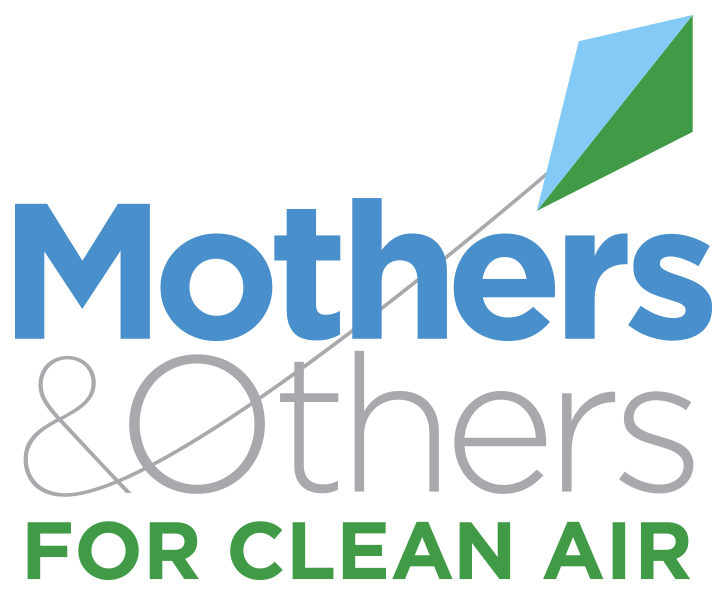Human exposure to elevated air pollution has many negative health outcomes. Communicating elevated air pollution concentrations with an air quality (health) index is one an approach to reduce population exposure. The indices translate a cocktail of air pollutants to a single value that can be understood by the general public. People can use the index to avoid activities that will elevate their exposure. Most indices report the health risk for an entire city or large area as a single value. Research into air pollution spatial variability shows that major variations can occur within cities and neighborhoods, so air quality index information, while valuable, may mislead citizens when they estimate their own risk. This chapter describes the development of a neighborhood level, real time, internet enabled air pollution map that can be used by citizens to become aware of their localized air quality health risks and then take appropriate actions.
Published Jun 29, 2018
Adams, M., Corr, D., & Requia, W. (2018). Mapping air pollution health risk: An application of Canada’s AQHI. In The Practice of Spatial Analysis: Essays in memory of Professor Pavlos Kanaroglou (pp. 359–372). Springer International Publishing. https://doi.org/10.1007/978-3-319-89806-3_17
